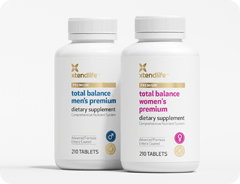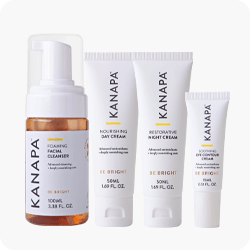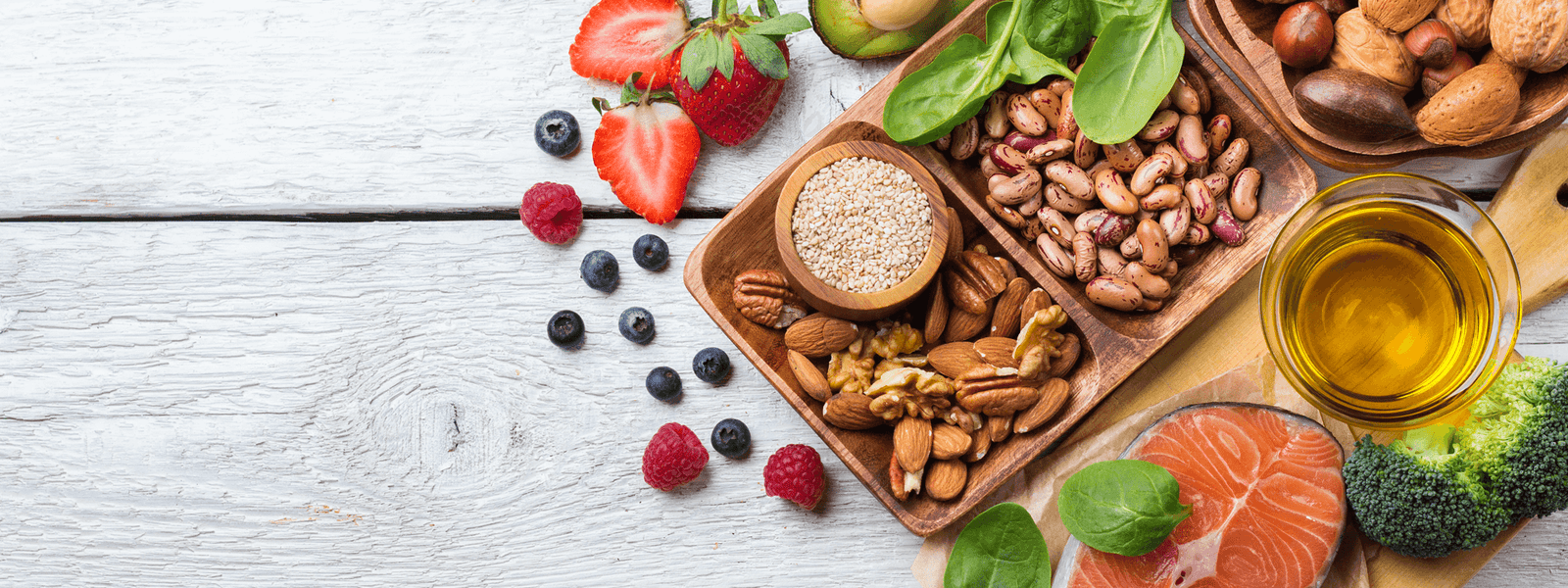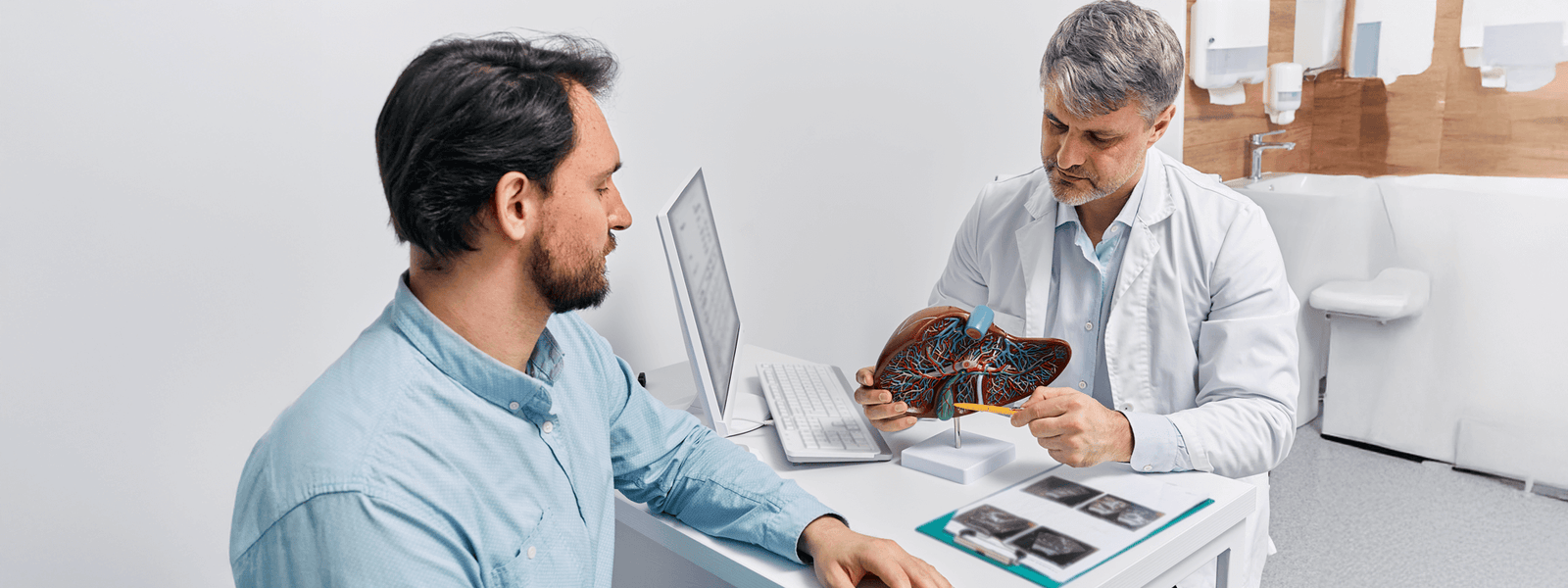The History of NAD+
Supplements to boost NAD+ are very much on-trend right now. Such supplements have been declared an anti-aging breakthrough and have made headlines in notable publications including Time Magazine and Scientific American. Not to mention the hundreds of studies published in scientific journals.
The first NAD+ boosting supplement was launched in 2015, but the science behind NAD+ actually dates back to the early 1900s. The discovery and characterization of NAD+ is a captivating tale. The researchers behind NAD+ are a star-studded line-up of some of the most notable scientists in history, including two Nobel Prize winners. Now that's impressive!
The fascinating history of NAD+ is an excellent example of how knowledge builds upon knowledge, with each new discovery building on the important work that had come before.
Xtendlife's Journey to NR6
Here at Xtendlife we are delighted to bring you NR6. This supplement is the culmination of many years of searching for the best ingredients to boost NAD+.
Our search started back in 2002 when we began communicating with a professor who had developed an oral dosage form of NADH. We were considering incorporating NADH into Total Balance but for a number of reasons decided against it.
Fast forward another 15 years and we became aware of another ingredient that incorporated NADH with quinoa sprouts. This was developed by a scientist in Austria. Xtendlife's Founder, Warren Matthews, travelled to the laboratory up in the Austrian Alps to visit the inventor and his team.
After that visit, Warren and his medical and scientific advisors began a very deep dive into the science behind NADH. They discovered that taking NADH is unlikely to deliver benefits for longevity and cellular energy.
The reasons are complicated but, in a nutshell, levels of NADH go up as we age, and this is thought to disrupt the ratio of NAD+ to NADH towards more sluggish energy production and contribute to signs of cellular aging.
Xtendlife has never taken its eye off the research behind NAD+ and we are pleased to be launching what we believe to be simply the best NAD+ boosting supplement on the market. For more information about NR6, see Xtendlife's blog What Makes NR6 Better Than the Rest?
Early Discovery of NAD
NAD+ was first identified in 1906 by Sir Arthur Harden and William John Young. They were extending work done a few years earlier by Louis Pasteur on fermentation by yeast. Years after this discovery, Harden shared the 1929 Nobel Prize in Chemistry with Hans von Euler-Chelpin. Their research revealed that fermentation requires both an enzyme and a cofactor. Euler-Chelpin was the first to purify NAD+ as a cofactor for fermentation.
The Nobel Prize-winning discovery that NAD+ was critical to the fermentation process in yeast was an early indicator of what we know today; NAD+ plays a key role in metabolic cellular processes in humans too.
In his 1930 Nobel Prize speech, Euler-Chelpin espoused the importance of NAD+ by saying "the reason for our doing so much work on the purification and determination of the constitution of this substance, is that cozymase (the previous name for NAD+) is one of the most widespread and biologically most important activators within the plant and animal world."
The first indications that NAD+ was important for health came from research looking into the causes of a disease called pellagra.
In the early 1900s, pellagra was a relatively common disease that caused symptoms including dementia and diarrhoea. In 1937, Conrad Elvehjem published a scientific paper that identified nicotinic acid (also known as niacin, a form of vitamin B3) as being the vitamin deficiency responsible for pellagra. We now know that nicotinic acid is in fact, a precursor to NAD+.
Discovering How NAD+ Is Made in the Body
Another researcher, Arthur Kornberg, was the first to study the way NAD is made in the body. He was obsessed with enzymes and wanted to understand the production of cellular energy (ATP). He purified components from yeast cells and combined them to demonstrate which parts were responsible for creating NAD.
In 1948, his experiments identified one of the enzymes responsible for NAD+ creation in the body. He demonstrated the chemical reaction cells use to create NAD+ from the precursor molecule nicotinamide mononucleotide (NMN). Arthur Kornberg was a brilliant scientist and later won the Nobel Prize for showing how DNA and RNA are made.
Drawing on the knowledge that nicotinic acid was the agent that prevented pellagra, researchers Jack Preiss and Philip Handler uncovered how nicotinic acid was converted to NAD+. They showed that nicotinic acid is converted to NAD+ in three steps and identified the enzymes responsible for each step. This series of metabolic reactions is referred to as the Preiss-Handler pathway.
This breakthrough work by Preiss and Handler advanced the understanding of the role of nicotinic acid in the diet. Handler was later awarded the National Medal of Science by the President of the USA - Ronald Reagan at the time (1981) - for his “outstanding contributions to biomedical research".
It is now known that the Preiss-Handler pathway is one of three pathways in the body in which NAD+ is made. Other pathways are the de-novo pathway (which uses dietary tryptophan as the starting block to create NAD+), and the so-called "salvage" pathway, which recycles nicotinamide that is produced by cellular processes. To learn more about how NAD+ is made in the three metabolic pathways, see Xtendlife's blog What is NAD+ and Why Do We Need It?
The Breakdown of NAD+
Up to this point, researchers had shown that NAD+ was important for fermentation in yeast, and health in humans and animals. They also demonstrated the ways in which NAD+ was made in cells.
However, no research has shown the chemical reactions in which NAD+ was taken apart. It was 1963 when Mandel and colleagues described the first chemical reaction in which NAD is broken down into its component parts, nicotinamide, and ADP-ribose.
Discovering NAD+ Is Utilized by Sirtuins
The first sirtuin enzyme was discovered by geneticist Amar Klar in 1970. Called SIR2, he identified it as a gene that controlled the ability of yeast cells to reproduce. Sirtuins have been the subject of intense research since about 1990 when early work showed that genetic deletion of SIR2 shortens yeast lifespan and that SIR2 overexpression extends yeast lifespan.
The biochemistry of how sirtuins affect yeast longevity led to the discovery that these enzymes use NAD+ to help keep certain genes 'silent' so they cannot function. To achieve this, sirtuin enzymes break NAD+ into its components to "deacetylase" other proteins in the cell. One example is deacetylating histone proteins associated with DNA. This can make the DNA less available for replication. Sirtuins also play a key role in DNA repair and other critical cellular functions. To learn more about Sirtuins, see Xtendlife's blog What's All the Fuss About Sirtuins?
Nicotinamide Riboside Discovery
Fast forward to 2004 and that is when Charles Brenner and colleagues discovered the two-step enzymatic pathway through which nicotinamide riboside (NR) is converted to NAD+. Additional work by this laboratory showed that adding nicotinamide riboside to cells resulted in increased NAD+ levels and extended lifespan in yeast.
Where Are We Now?
Research into NAD+ and its associated pathways is expanding rapidly. A growing number of registered clinical trials are investigating the therapeutic potential of NR and other molecules as precursors to NAD+. New research is published virtually every week encompassing everything from the fundamental science of NAD+ to its application for optimizing and supporting health, vitality and longevity.
While there is still a lot to discover, what we do know is that taking NR in the form of NR6 is an effective way of boosting your NAD+ levels, which in turn gives your cells their best chance of staying healthy as you age.
NR6 - Natural NAD+ Booster
A synergistic combination of natural ingredients to support cellular energy and optimal NAD+ level.
Shop now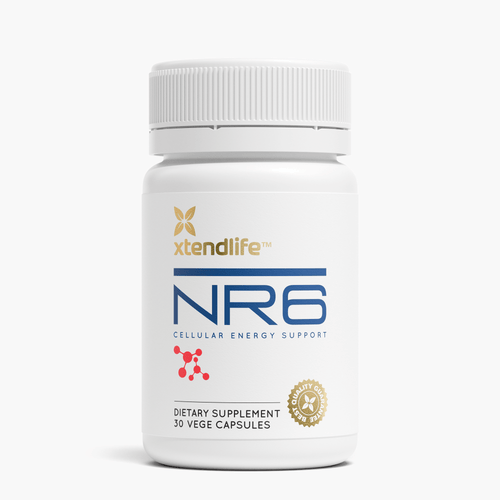
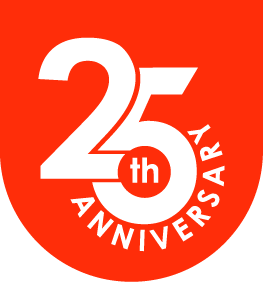

 Supplements
Supplements Bundles
Bundles